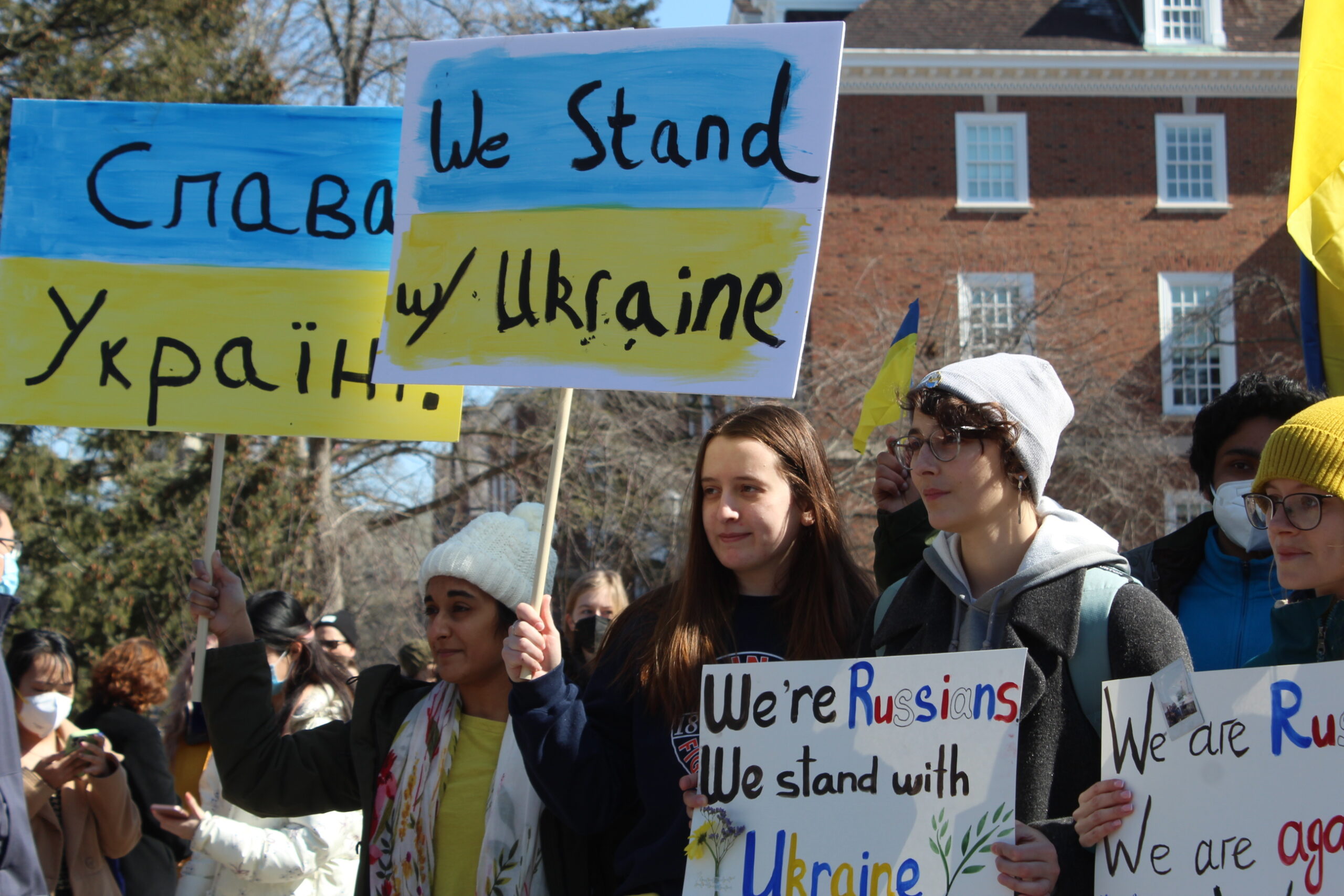The Illinois Department of Public Health (IDPH) announced that the ten community-based testing sites in the state are closing today, March 31st.
 |
| Market Place testing site in Champaign | Credit: Manu Ferreira |
Health officials say the end of federal funding and the drop in demand for tests is the reason the operations will be shut down in Aurora, Bloomington, Champaign, Fairview Heights, Rockford, Arlington Heights, Peoria, Harwood Heights, South Holland, and Waukegan.
“The State had a contract to run those sites, and it was supposed to be closed last year. But we had the surge of Delta and then the Omicron in the Fall as well. So, the State decided to extend those,” explains Awais Vaid, the Deputy Administrator and the Epidemiologist of the Champaign-Urbana Public Health District.
Demand for tests at the Community-Based sites reached a peak of more than 1,040 tests per day at each site in November 2020. However, according to IDPH, this number dropped considerably with each site seeing fewer than 50 individuals per day.
“Right now, the testing site at the Market Place Mall was not being utilized as much. Five or 10 people in a day were testing, so the numbers were very small.”
According to Dr. Vaid, another reason for the closing of the community-based test sites are the At-home rapid tests, which are offered for free by the Federal government, and the SHIELD saliva-based test. “It is also sponsored by the State. So, the State is already paying for testing for anybody that wants to get tested. It is much faster and easier to do as well,” affirms.
The SHIELD system was created by the University of Illinois in 2020 and was recently expanded statewide. The CovidSHIELD requires only a small amount of saliva from an individual and provides results within six to 12 hours. It is also an option free of charge.
You can order at-home COVID-19 tests on the website www.covidtests.gov. To schedule a saliva-based test visit the website www.shieldillinois.com.
Five of the locations that are closing (Aurora, Arlington Heights, South Holland, Fairview Heights, and Peoria) also provide vaccinations. This service will be suspended as well. To find COVID-19 vaccines available near you, visit www.vaccines.gov.
This article was published on the UI7 Newsroom website.
Watch the UI7 Live story:


















